Our Stories
Recent Articles
Programs & Events
Four Sustainable Practices from Our Grounds to Yours
At the Architect of the Capitol (AOC), the Capitol Grounds and Arboretum team works hard to promote green and sustainable practices around the Capitol campus.
Programs & Events
It Takes a Village To Prepare the People's Tree
A team of employees from the Architect of the Capitol (AOC) work seamlessly and tirelessly to ensure that the U.S. Capitol Christmas Tree is ready to spread holiday cheer to visitors from all over the country and around the world.
Programs & Events
Christmas in July in Wonderful West Virginia
To most, July in Washington, D.C., means hot weather and Independence Day celebrations. At the Architect of the Capitol it also means it's time to go Christmas tree hunting!
Programs & Events
Long-Time Partnership Yields Beautiful Results
In February 2023, the United States Botanic Garden (USBG) opened the 27th annual joint orchid exhibit in partnership with Smithsonian Gardens.

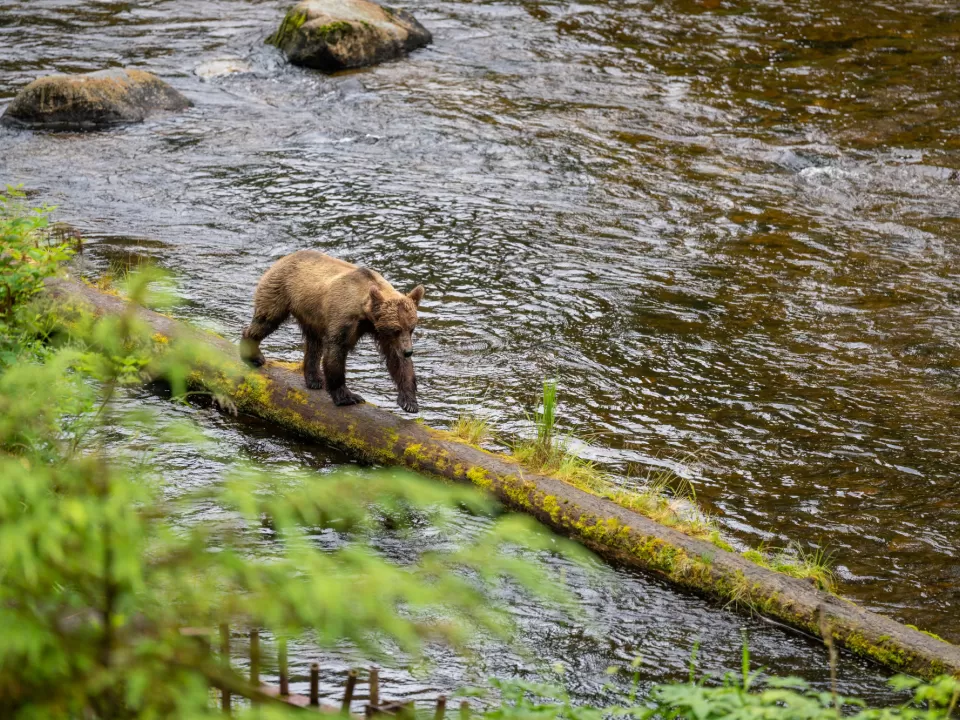


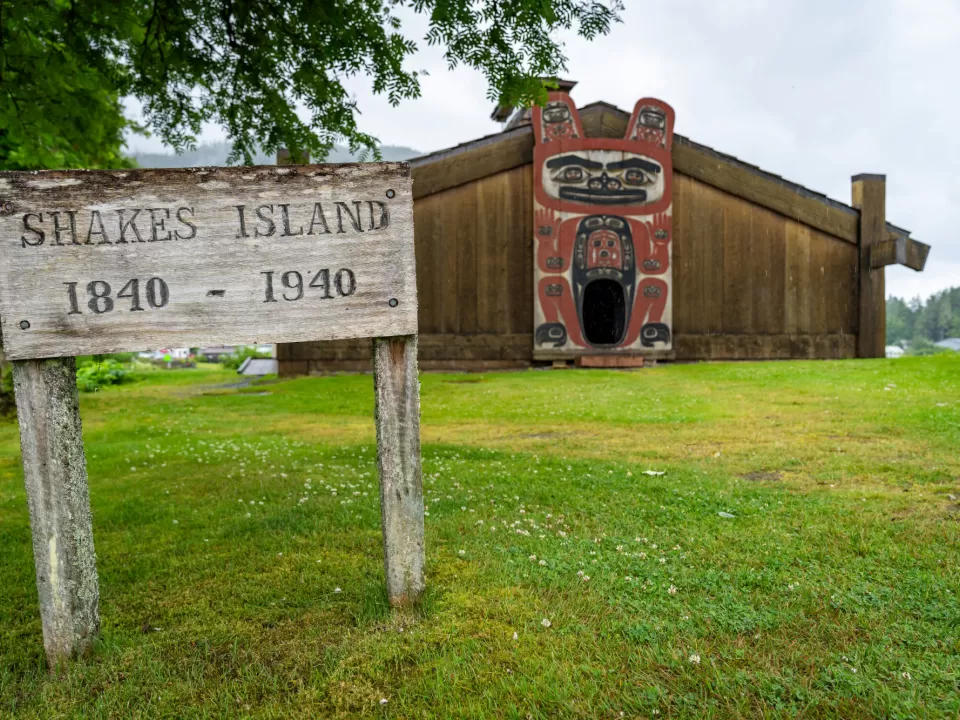
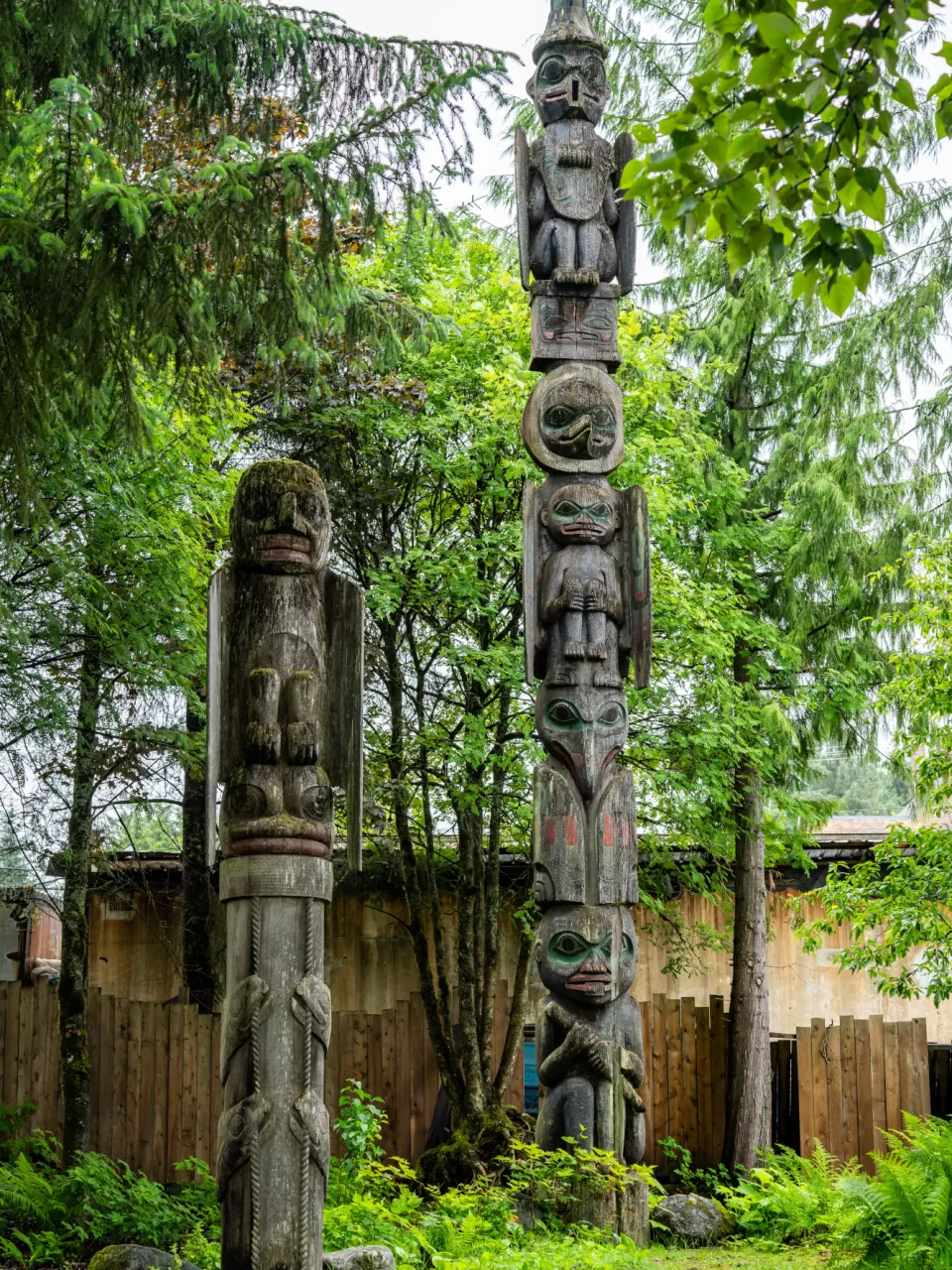
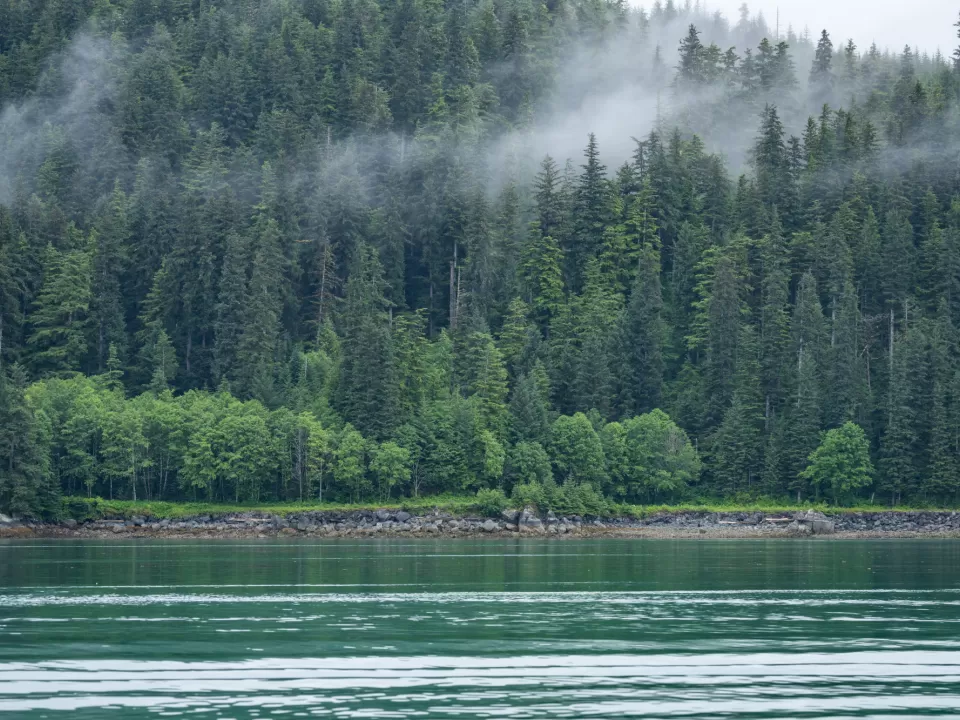
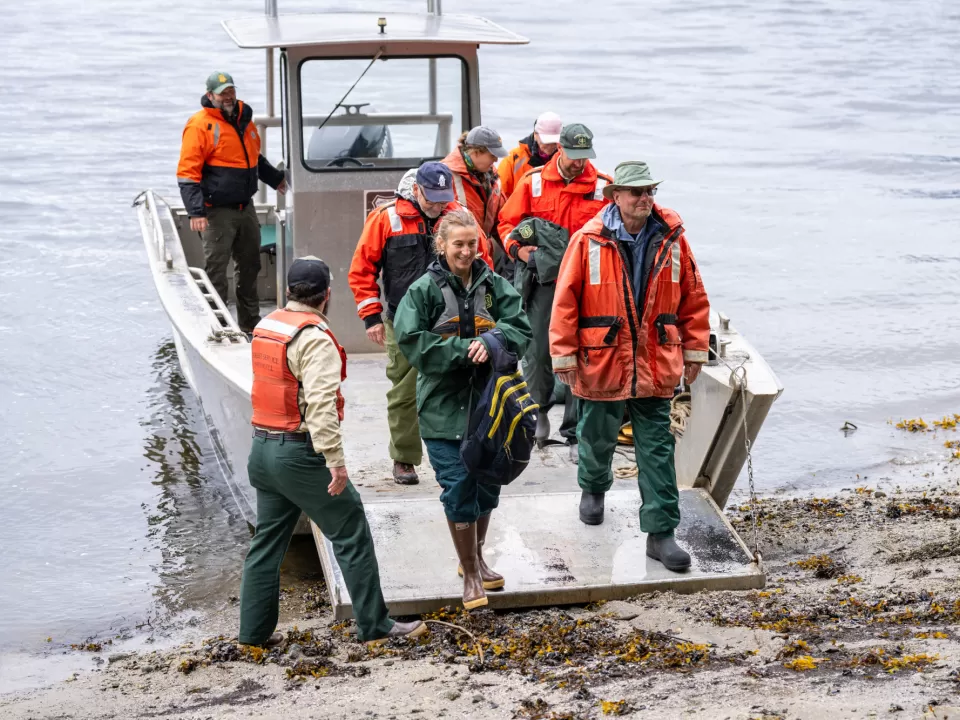
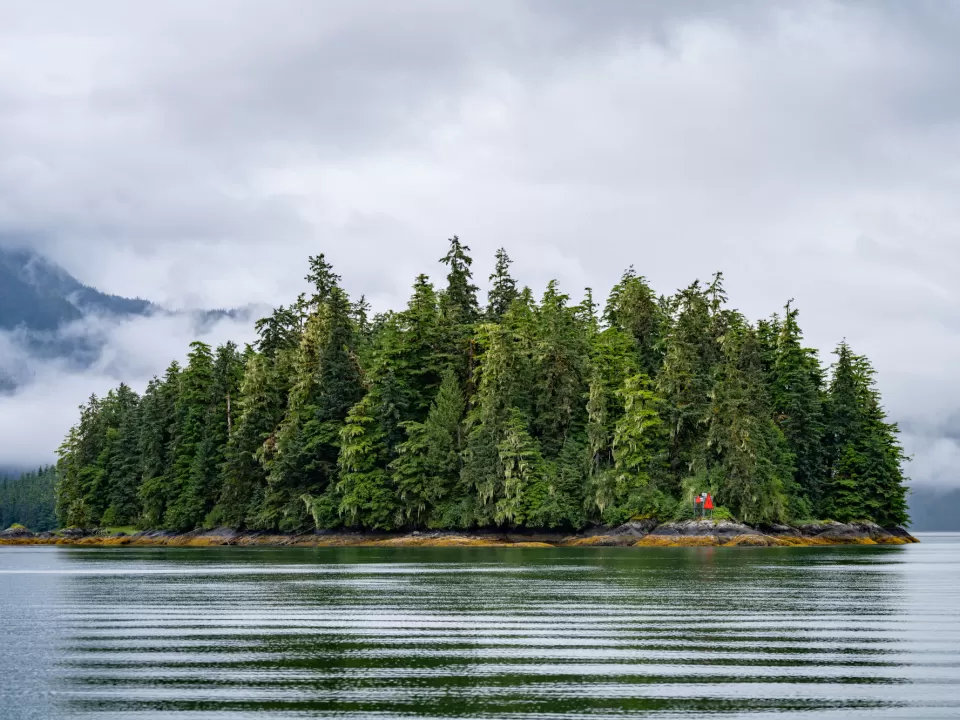
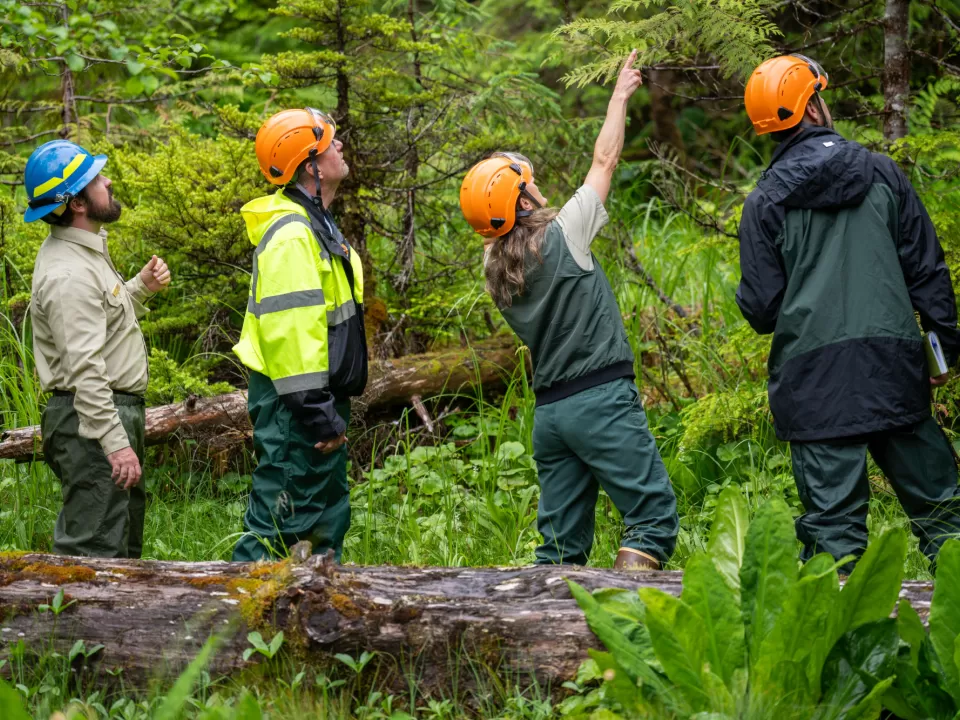


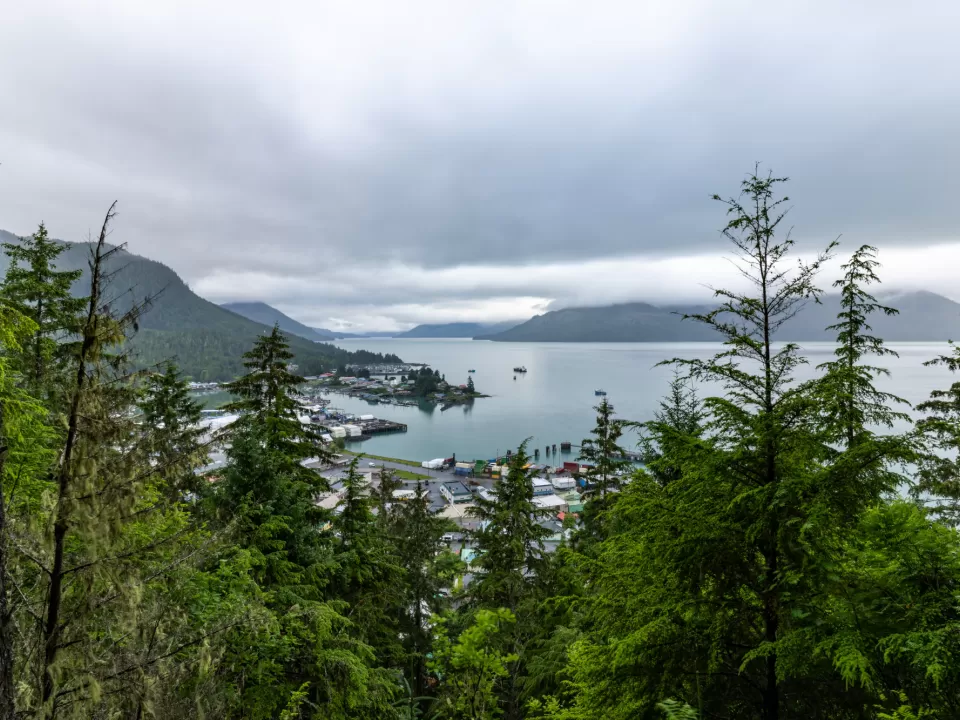


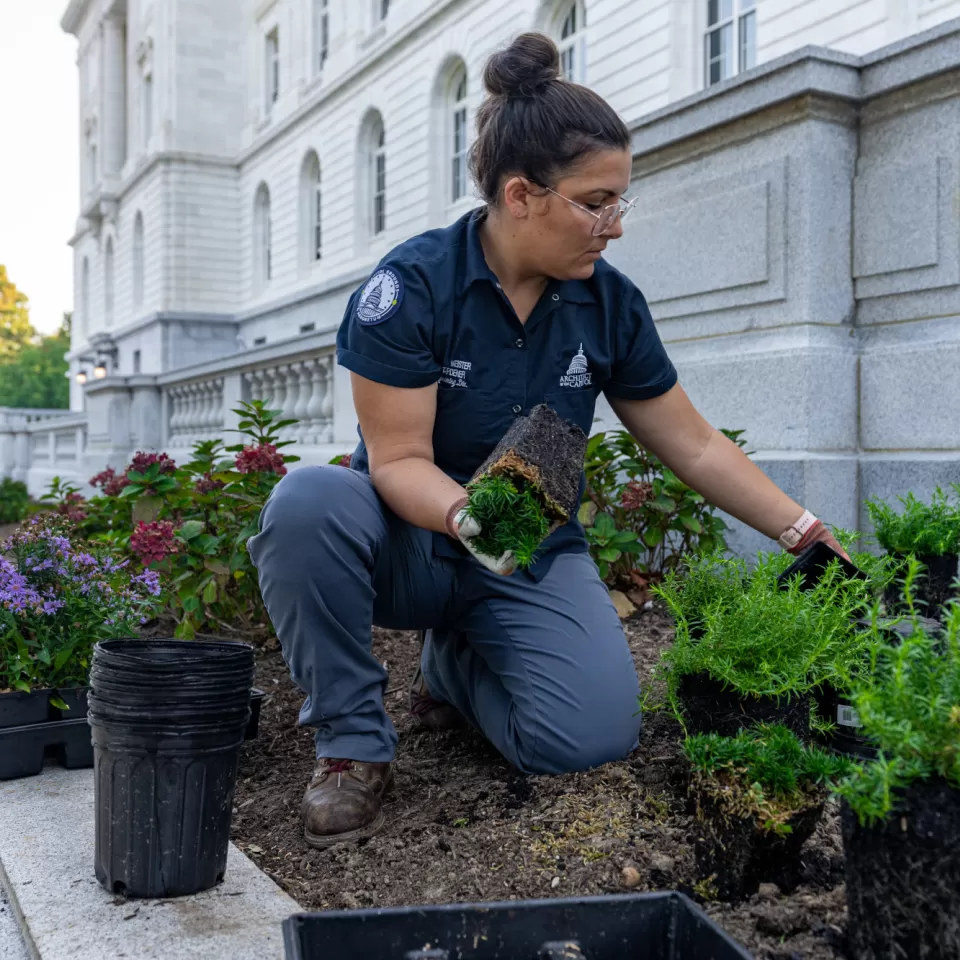

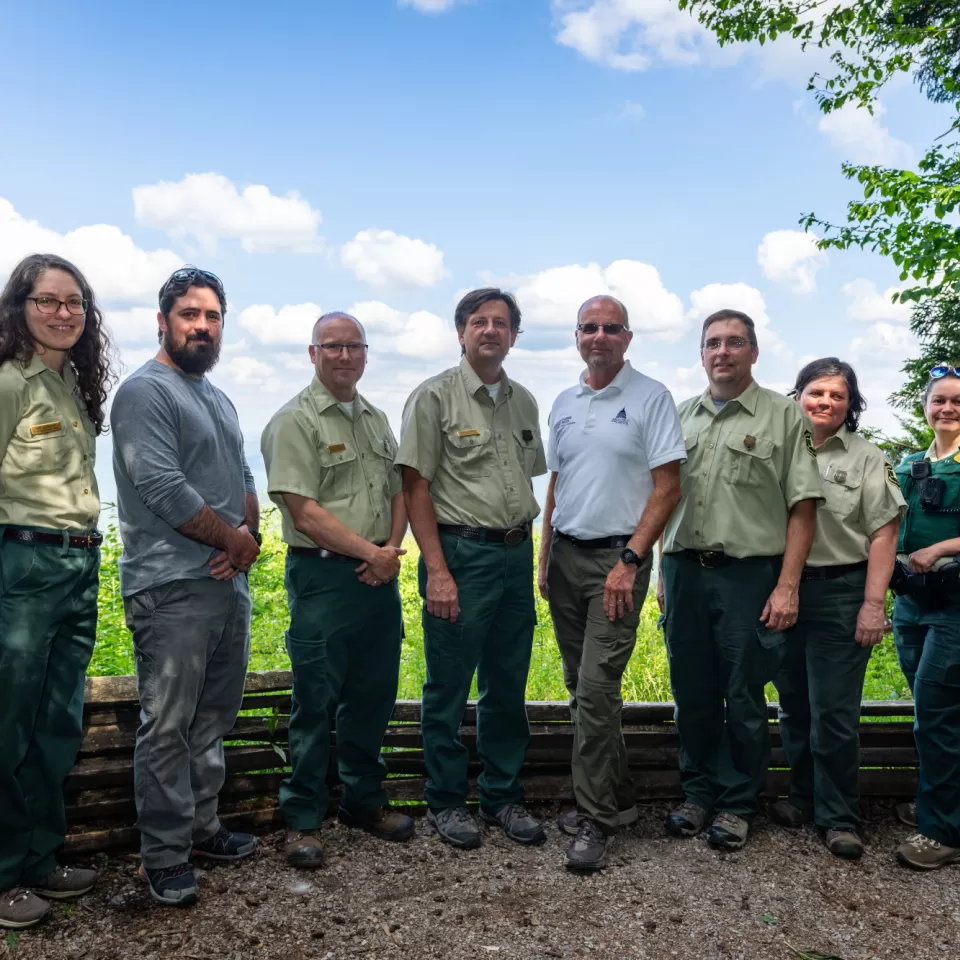
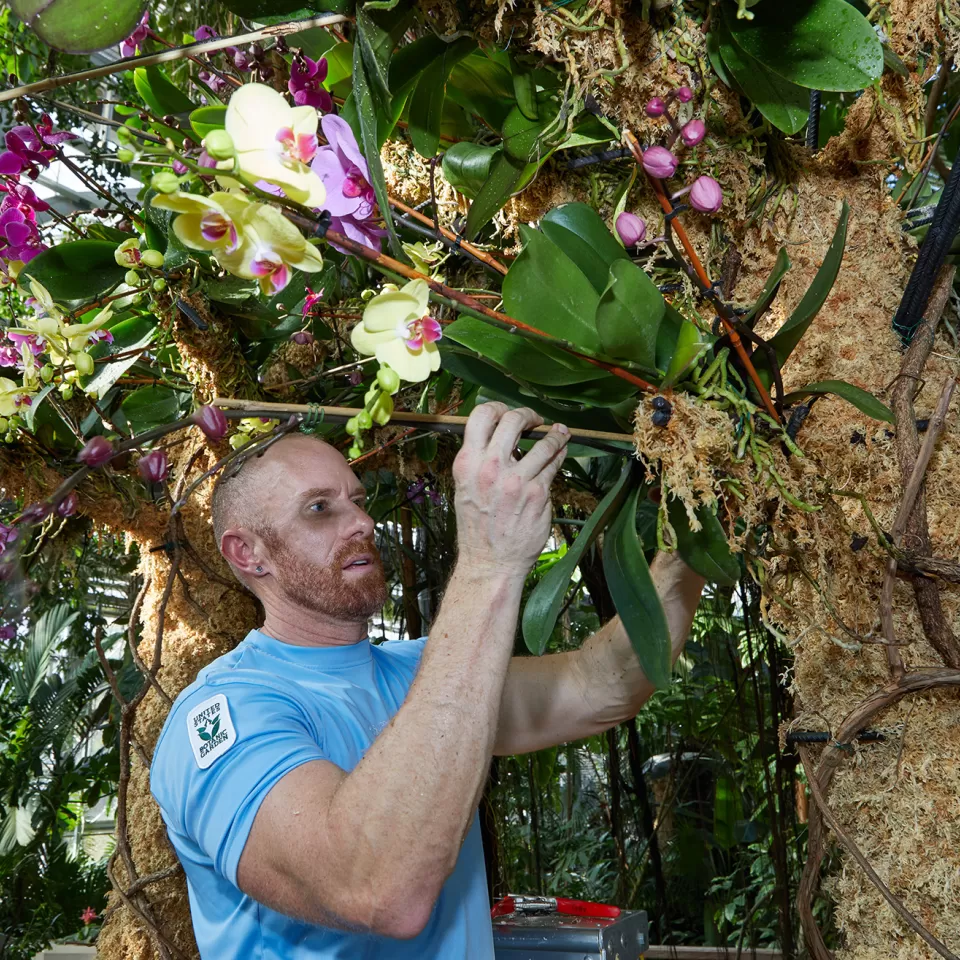
Comments
It’s a tough job, but somebody’s got to do it. Good job, Jim!
What a fabulous honor to pick out the peoples tree!
This journey was incredible to hear about..all the work & effort of sooo many..& then finally actually seeing the beautiful tall spruce tree had to be sooo rewarding .We are so very proud that you had the experience & expertise to carry out such an important mission for The People’s tree. Jan & Ron Kaufmann
I’m totally inspired by this article! How cool is it to pick the Peoples Tree; this is amazing.
While I hope to garner tix to this years tree lighting…I want to watch the tree journey (think it gets a website journey)!
Thank you all! Firstly. For all the hours of work and dedication of the teamed people. This story of its history and management of selection process is quite interesting and very intense. I am happy to say I saw the 2024 Christmas spruce on its stop in Indiana. There is JOY and Excitement seen in many faces tonight, and I look forward to viewing the Capitol Christmas tree again! Merry Christmas.
Again, thank you ALL!
Tremendous effort by The AOC.
Thank You Jim for the narrative.
Add new comment